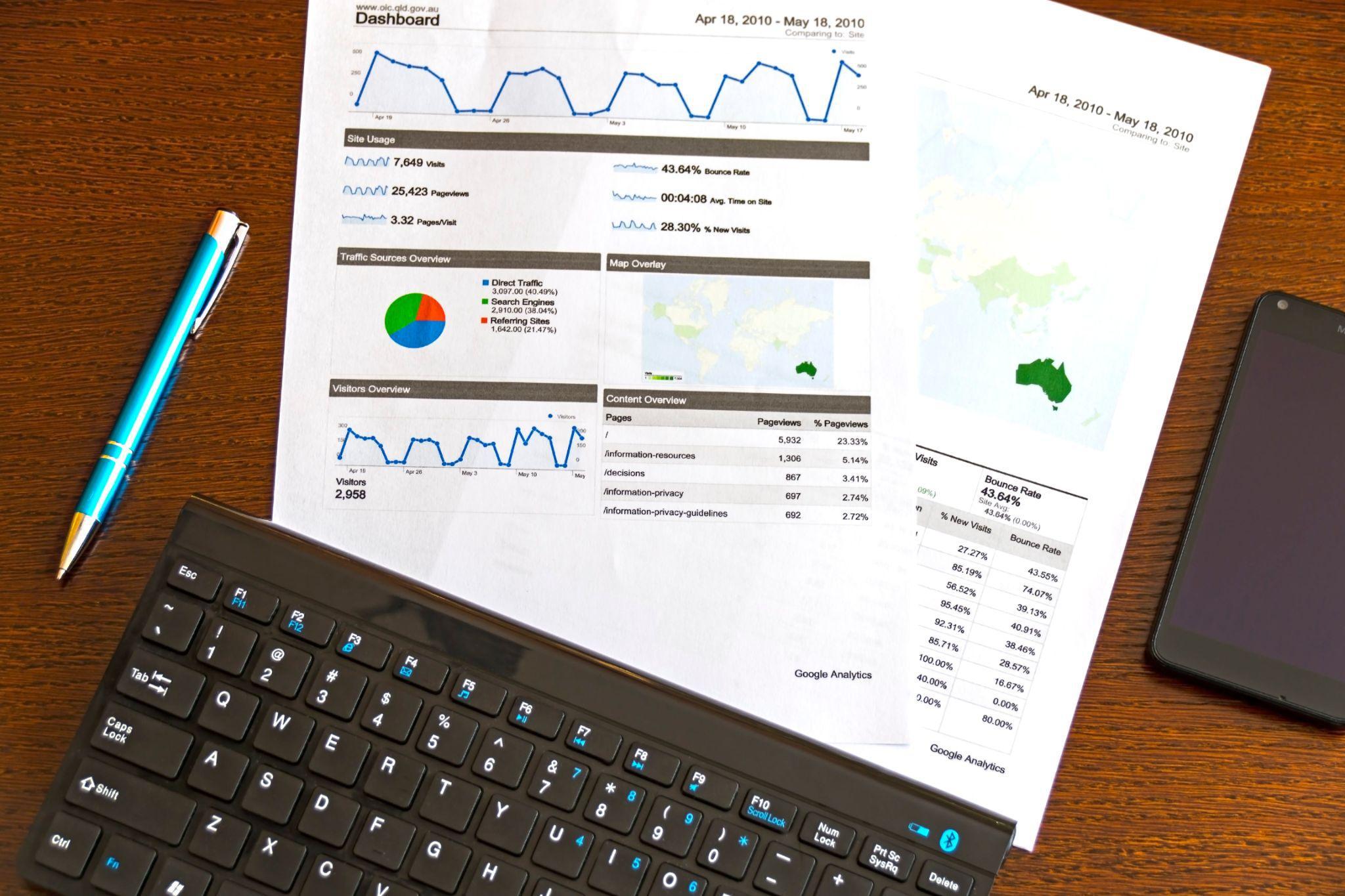In November 2022, the world hit a staggering 8 billion people. This milestone is more than a mere statistic — it’s a pivotal moment in our history, reflecting both our triumphs and challenges.
The growth of the global population has been a subject of concern and fascination for decades. As we stand at this crossroads, new projections suggest a surprising twist: Our global population might not just plateau but could begin a gradual decline. This shift prompts us to reevaluate our understanding of population dynamics and their far-reaching implications.
Earth4All’s Groundbreaking Study

The Earth4All study, a recent initiative, has shifted the narrative on population growth. Breaking away from traditional projections, this study presents two intriguing scenarios, “Too Little Too Late” and “Giant Leap.”
These scenarios don’t just predict numbers, they encapsulate the outcomes of different global policy decisions and development paths. They urge us to consider how our actions today can shape the world of tomorrow. But what does that mean?
Scenario One: Too Little Too Late

“Too Little Too Late” paints a picture of continued economic development similar to the last 50 years. While some of the poorest countries make strides in overcoming extreme poverty, the global population is projected to peak at 8.6 billion by 2050.
This scenario is a sobering reminder that modest advancements, without significant policy changes, may lead to only incremental improvements in global challenges.
Scenario Two: Giant Leap

In contrast, the “Giant Leap” scenario is a vision of hope and ambition. It suggests that with unprecedented investments in poverty alleviation, education, and health care, coupled with major policy reforms in food, energy, and gender equity, the global population could peak at around 8.5 billion by 2040.
This scenario underscores the potential power of proactive global cooperation in shaping a sustainable future.
Education and Women’s Empowerment

Central to these projections is the role of education and the empowerment of women. As girls gain access to education and women become more economically empowered, fertility rates are expected to fall.
This trend is not just about numbers, though. It’s about transforming societies through education and opening new opportunities for half the world’s population.
Wealth and Environmental Footprint

The study also challenges a common myth: that population size is the prime driver of environmental degradation.
Instead, it points to the disproportionate environmental footprint of the world’s wealthiest 10%. This insight shifts the focus from mere population control to a more nuanced understanding of consumption patterns and resource distribution.
Planetary Boundaries and Carrying Capacity

The concepts of geographical boundaries and carrying capacity are also crucial to understanding our environmental limits. The study suggests that it’s possible to provide a dignified life for all, within these environmental limits, if resources are distributed more equitably.
This finding is a game-changer, suggesting that the path to sustainability is not solely through limiting population growth but also through responsible stewardship of resources across borders.
Economic Implications of Declining Population

A declining population, however, presents its own set of economic challenges. Reduced labor force and productivity could lead to lower economic growth and stagnation.
Addressing these concerns will require innovative solutions, such as increased automation and investment in emerging industries.
Reshaping Economic Models

This demographic shift offers an opportunity to rethink our economic models. Traditional growth-centric models may not be suitable in a world with a declining population.
Instead, we could focus on sustainable development and well-being for all. This shift may require significant policy changes, but it presents an opportunity to create a more equitable and sustainable world.
Balancing Resources for a Dignified Life

Further exploring the possibility of achieving a dignified life for everyone, a world where resources are distributed more fairly, is an ongoing discussion.
This is not just about alleviating poverty — it’s about restructuring how wealth and resources are shared globally. It’s an ambitious goal, but one that could lead to a more harmonious and sustainable world.
Policy Shifts for a Sustainable Future

To steer toward a sustainable future, policies must evolve. Imagine governments globally investing heavily in renewable energy, drastically reducing greenhouse gas emissions. Picture universal access to quality education leading to empowered, informed societies.
Imagine health care systems focused on preventive care, improving overall health and reducing disease burdens. These policy shifts, though ambitious, are crucial for a sustainable future. They represent a commitment to not just short-term gains but long-term global well-being, ensuring a healthier planet and a more equitable society.
The Path Forward

As we look to the future, the choices we make today will shape the world for generations to come. A smaller population could mean less stress on our planet’s resources, giving nature a chance to rejuvenate. Economies might shift focus from quantity to quality, valuing sustainable practices over relentless expansion.
Communities could become more tight-knit, fostering a sense of solidarity and shared responsibility. This future vision is not just about adapting to change but embracing it to create a world that’s sustainable, more humane, and just.
